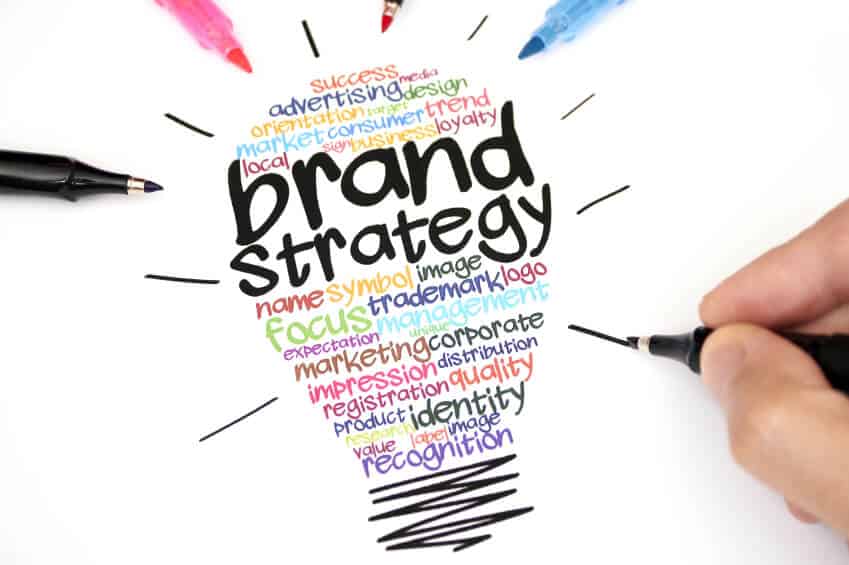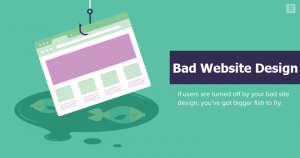From business names and marketing, to logos and designs, here is a starter’s guide to building and growing a successful business brand that conveys the right messages to your audience.
Branding, in general, is crucial for any genuine business because an organization’s image is the thing that recognizes it from its rivals. In today’s PC age, it is vital for most organizations to have an online presence and business brand to stay competitive. A viable web branding conveys attention to your one of a kind business offering and drive client request.

So what are the steps you should take to achieve this ultimately important task of branding your business?
1. Know your audience
It’s pointless investing time or money in developing your brand without first ascertaining what will resonate with your audience, and to understand your customer’s habits, wants and needs it is essential to talk to them. Knowing your audience is the first and most important task in building a brand.
“Startups need to know their target audience inside and out; their likes, dislikes, needs and motivators, as well as their overall profile,” he explains. “Think of your brand as a person, and create a persona for your ideal customer. Would he or she be the easygoing friend you can trust, or the know-it-all relative who’s always there to help you?”
2. Use your knowledge carefully
Nonetheless, you can tick all the obvious brand-building boxes – market research, developing a brand identity, brand and logo design, and full integration of your brand story across all communication channels – but if you fail to convey the right messages to the right people effectively, those efforts will be wasted.
Niall O’Loughlin, UK manager of graphic design marketplace 99designs, believes what you do with that knowledge is the real secret to building a successful brand. “You must know your market to fully understand how to evoke the right emotions through your brand design,” he says. “Carefully tailor your design, sales and marketing activities to your target market and do so consistently across all channels so the brand becomes easily recognisable.”
Concise, consistent communication is the cornerstone of effective brand-building but says it’s surprising how many small business owners overlook this: “It might seem obvious, but ask yourself who you’re providing a service for and what the key messages are that you want to convey.”
3. Embrace failure
Embracing failure might not be the first thing that springs to mind when it comes to branding tips but Ian Cowley, managing director of Cartridge Save believes it’s a critical part of the brand-building process, and says his firm learned valuable lessons from a brand personality that failed.
“It’s almost impossible to find a marketplace that isn’t crowded anymore, so you have to try to stand out from the competition to be remembered by customers,” Cowley explains.
“We created a face for our business to help people remember us, and thus Dave the Badger – a friendly cartoon character – was born. He added some personality and humour to the brand in what could be considered a purely functional marketplace of printer cartridges. But our customers weren’t interested in Dave, and in pouring our energies into creating him, we lost sight of what the customers really wanted; excellent service, fast delivery and the best possible prices.”
Despite Dave’s demise, the firm’s brand continued to evolve and now revolves around its core values that can be summed up in one line: make it easy for the customer. Those values are represented in everything the company does, and Cowley believe this adds more value to the business than Dave ever could have.
“Even if you’re in an unsexy market, it isn’t necessary to conjure up a personality for your brand,” says Cowley. “It might be important if the brand is aspirational and needs to fit into a particular lifestyle but if your business provides something customers need, rather than want, then prices and service may well be more important than brand personality.”
4. Don’t think like a small business
“My number one piece of advice for small businesses embarking on a branding exercise is to think big from the start; come to the exercise as though you’re already operating across continents, because there’s no reason why even the smallest micro-business can’t in a global marketplace.”
If there’s one brand-building mistake to avoid – it’s thinking like a small business, says Leanne Ross, digital communications consultant at A Cup of Lee.

5. Colour and design matter
Your visual identity, including your logo, is a consumer’s first encounter with your brand, so it must create the right impression.
“Unless you’re a graphic designer, avoid the DIY approach and invest in a professional designer to create and develop your logo,” advises Paul Strong, creative director at social media experts Hoopla Marketing. “Make use of professional creative designers to suit your desired style and budget.”
Strong says: “To keep your brand identity consistent across all media channels, create a set of brand guidelines containing detailed information on the colour palette, fonts, and tone of voice to be used in your branding, along with other elements such as how your brand should appear on staff uniforms, marketing literature and advertising materials.”
6. Go beyond your logo
Many small businesses make the mistake of confusing their brand with their logo, but it’s vital to differentiate between the two.
A brand is about much more than a logo, it is the public personification of your company, conveying everything you believe and hold dear about what you do, he says. “But ultimately what you do is no different from your competitors so why you do it has to be front and centre in branding because, as the saying goes, people buy a product but they join a cause. Airbnb has done this spectacularly well, its brand has never been about finding accommodation; what their customers are actually buying into is belonging and finding community.”
7. Choose your brand name carefully
Finally, don’t ruin your brilliant branding by giving your brand a bad name. A brand name can have a detrimental effect on your overall brand awareness, so choose it carefully, advises Strong.
“A brand name must reinforce the key elements or objectives of your business because, ultimately, the more it communicates to your audience about your business and what it provides, the less effort you’ll expend trying to explain it.”




